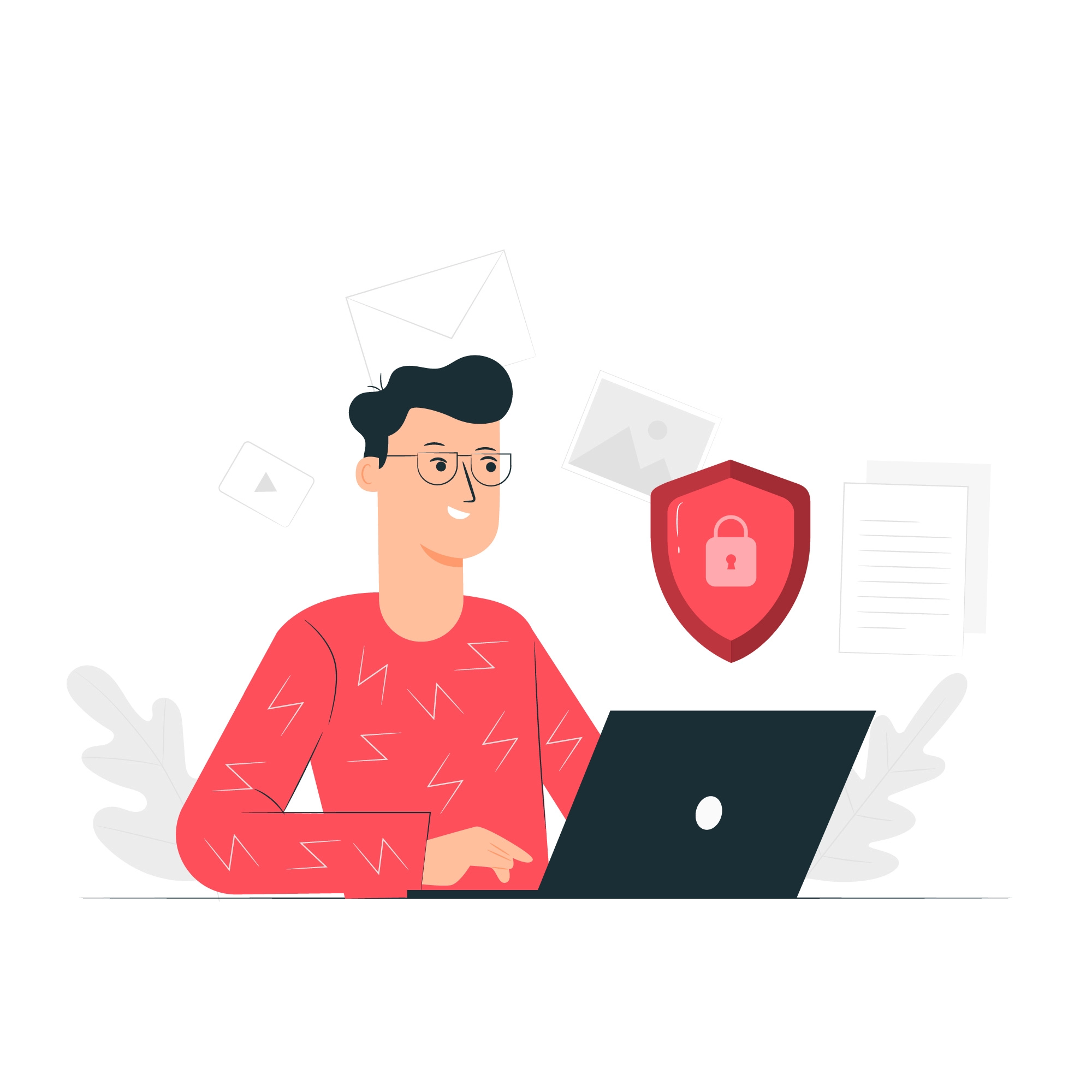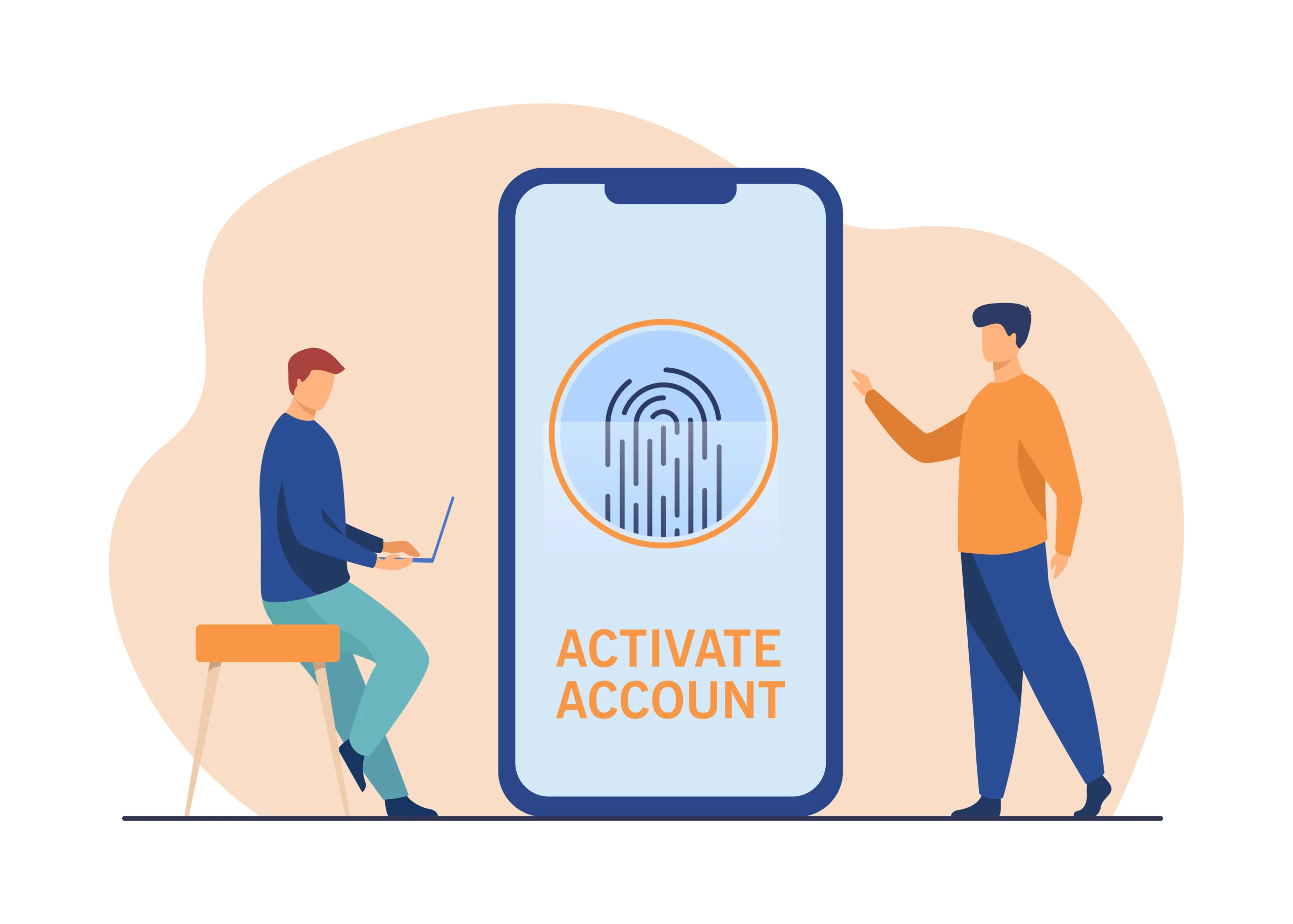In an era where security breaches and cyber threats are increasingly common, achieving high security is crucial for protecting both personal and professional assets. Whether you are an individual looking to safeguard your personal information or a business aiming to secure sensitive data, understanding and implementing effective security measures is essential. This article provides a detailed guide on how to achieve high security, covering various aspects from physical security to cybersecurity.
Understanding High Security: An Overview
High security refers to the measures and strategies implemented to protect assets from unauthorized access, theft, or damage. It encompasses a broad spectrum of practices, including physical security, cybersecurity, and procedural safeguards.
Why High Security Matters
- Preventing Theft: Protect valuable assets from theft or loss.
- Safeguarding Information: Ensure sensitive information remains confidential.
- Avoiding Financial Loss: Prevent financial losses due to security breaches or fraud.
- Maintaining Reputation: Protect your personal or organizational reputation from damage caused by security incidents.
Physical Security Measures
Securing Your Home
Physical security at home is the first line of defense against unauthorized access and theft.
1. Install Robust Locks
Invest in high-quality, secure locks for all doors and windows. Deadbolts, smart locks, and security bars can significantly enhance home security.
2. Use Security Cameras
Surveillance cameras provide real-time monitoring and can deter potential intruders. Choose cameras with high resolution and night vision capabilities for optimal security.
3. Implement Alarm Systems
Alarm systems can alert you and law enforcement of any unauthorized access. Consider systems with motion detectors and emergency response features.
4. Secure Entry Points
Reinforce doors and windows with additional security features such as security film, reinforced glass, and door frame reinforcements.
Securing Your Business
For businesses, physical security involves protecting the premises, assets, and employees.
1. Access Control Systems
Install access control systems to restrict entry to authorized personnel. Use key cards, biometric scanners, or PIN codes to manage access.
2. Surveillance Systems
Implement a comprehensive surveillance system to monitor all entry points and sensitive areas within your business premises.
3. Security Personnel
Employ trained security personnel to oversee security operations and respond to incidents.
4. Secure Perimeter
Ensure the perimeter of your business is secure with fences, barriers, and security lighting. Conduct regular inspections to maintain perimeter integrity.
Cybersecurity Measures
Protecting Personal Information
Cybersecurity is critical for protecting personal data from online threats and breaches.
1. Use Strong Passwords
Create strong, unique passwords for all online accounts. Avoid using easily guessable information and consider using a password manager to store and generate passwords.
2. Enable Two-Factor Authentication (2FA)
Two-factor authentication adds an extra layer of security by requiring a second form of verification in addition to your password.
3. Keep Software Updated
Regularly update your operating system, applications, and antivirus software to protect against known vulnerabilities and threats.
4. Be Cautious with Emails and Links
Avoid clicking on suspicious links or opening attachments from unknown sources. Phishing attacks often use these tactics to compromise your personal information.
Protecting Business Data
Businesses face unique cybersecurity challenges, including the protection of sensitive customer data and proprietary information.
1. Implement Firewalls
Use firewalls to protect your network from unauthorized access and potential cyber threats. Firewalls can be hardware-based or software-based.
2. Conduct Regular Security Audits
Regularly audit your IT systems and networks to identify and address potential vulnerabilities. Engage with cybersecurity experts to conduct thorough assessments.
3. Encrypt Sensitive Data
Use encryption to protect sensitive data both at rest and in transit. Encryption ensures that even if data is intercepted, it remains unreadable without the decryption key.
4. Develop a Data Backup Strategy
Implement a robust data backup strategy to ensure that critical data can be recovered in the event of a cyber attack or system failure. Store backups in secure locations and regularly test the backup process.
Procedural Security Measures
Developing Security Policies
Creating and enforcing security policies is essential for maintaining high security standards.
1. Create an Access Control Policy
Establish clear guidelines for who can access various levels of information and physical spaces. Ensure that access rights are granted based on job roles and responsibilities.
2. Implement a Security Training Program
Educate employees and family members about security best practices and procedures. Regular training can help prevent human errors that could lead to security breaches.
3. Conduct Regular Security Drills
Perform regular security drills to ensure that everyone knows how to respond to security incidents. This includes emergency evacuations, data breaches, and other potential threats.
Monitoring and Response
Continuous monitoring and a well-defined response plan are critical for effective security management.
1. Monitor Security Systems
Regularly monitor your security systems to ensure they are functioning correctly. Address any issues promptly to maintain high security.
2. Develop an Incident Response Plan
Create a comprehensive incident response plan outlining the steps to take in the event of a security breach or other incidents. Ensure that all relevant personnel are familiar with the plan and their roles.
Conclusion
Achieving high security requires a multifaceted approach that includes physical security, cybersecurity, and procedural safeguards. By implementing robust security measures, staying informed about potential threats, and continuously monitoring your security systems, you can protect your personal and professional assets from unauthorized access, theft, and damage. Whether you are securing your home, business, or digital information, a proactive and comprehensive security strategy is essential for maintaining a high level of protection in today’s complex security landscape.


